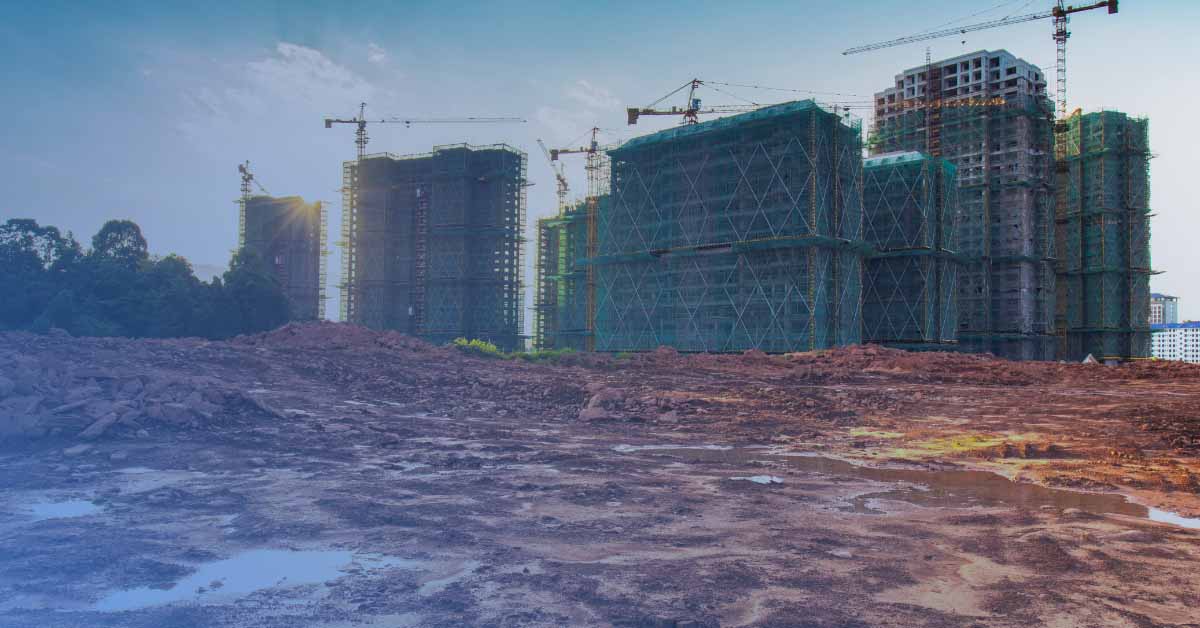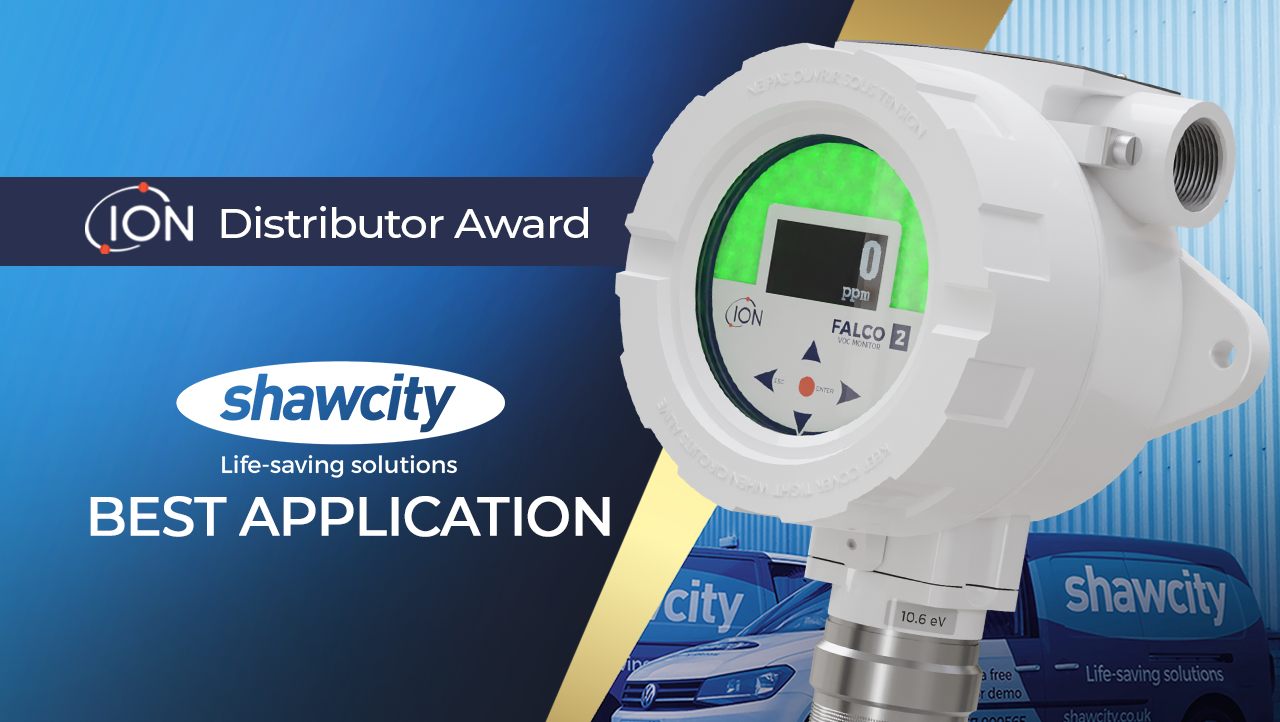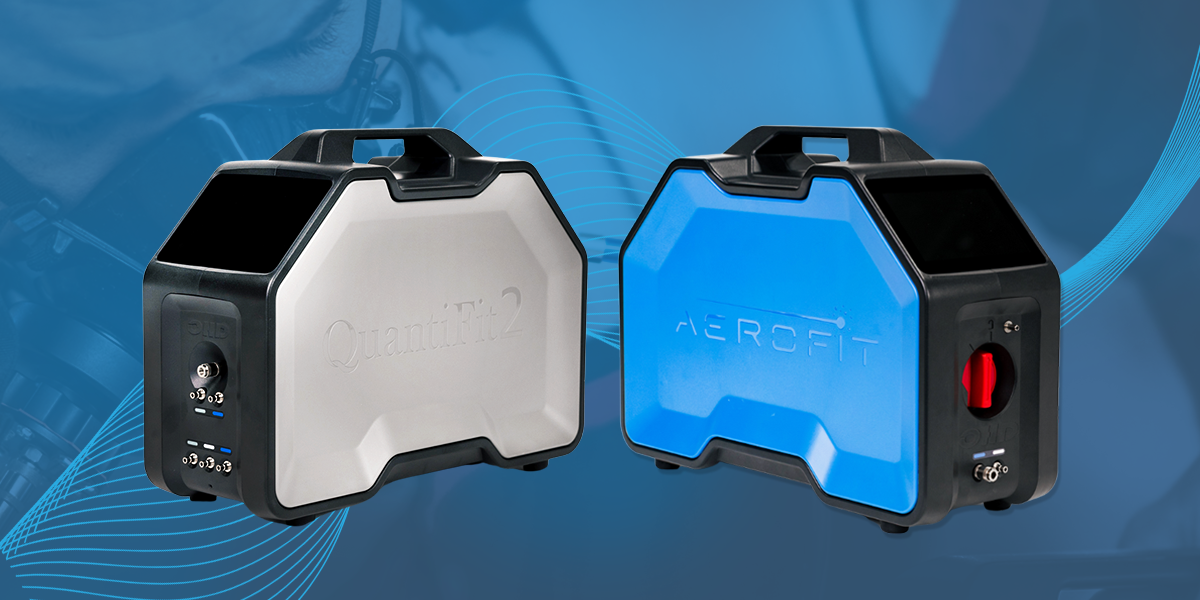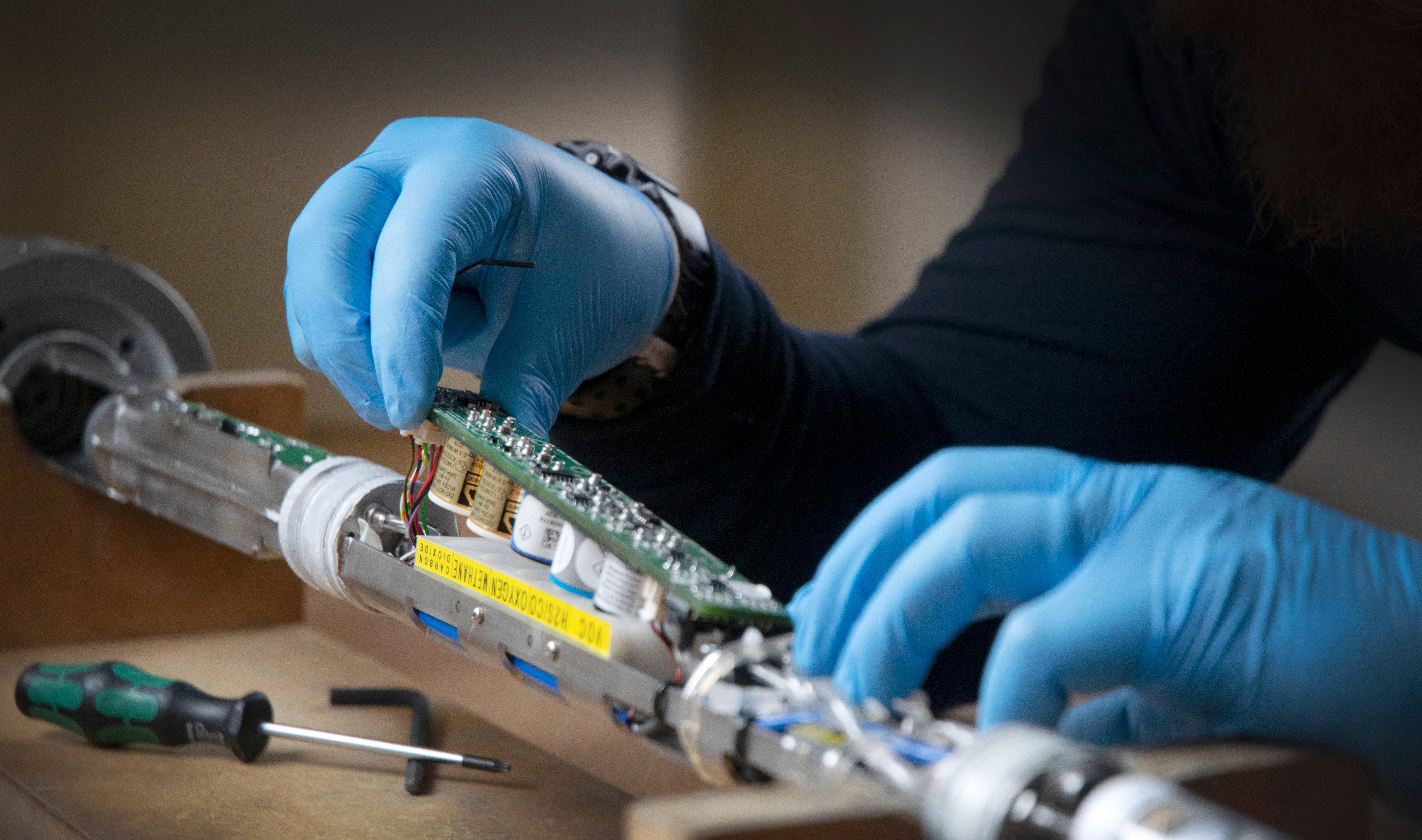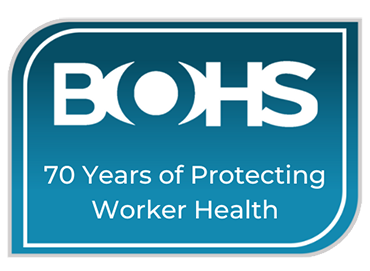At Shawcity we are always working with customers on a diverse variety of projects and applications due to the wide range of products and services we offer. The demand to test carcinogenic and aromatic substances, including the BTEX group (benzene, toluene, ethylbenzene, and xylene), in land development applications has been steadily increasing.
Land Redevelopment
Land contamination issues is a major problem in cities like London, and many of these are due to poor historic practices such as dumping harmful and toxic compounds into the ground to clear land quickly, either for development or sale.
The need to expand or redevelop this brownfield land continues unabated as it is often found in prime locations. However, the uncovering and releasing of hidden toxic and harmful compounds can be very costly as well as damaging to health and the environment, so managing this process is a major challenge.
The development of sites previously utilised for household gas is an increasingly common application. Many old gas holders are now only used to balance gas pressure instead of storing gas, making some of the sites dormant and increasing the potential to redevelop the land for sale.
Contaminants and associated risks
These dormant holders and the surrounding land can hold many potential contaminants. One specific risk is benzene, but once the land is disturbed many other risks can also become present. As benzene is used within the mix of natural gas and other fuels, finding contaminated areas happens frequently and has a huge potential impact on the health of the site workers and the environment.
As benzene and other aromatics have a high carcinogenic risk, the compounds have a low time-weighted average (TWA) limits set against them by the HSE in ppm or mg/m3 concentrations. These limits are in place to reduce the risk to individual employees and exposure should be kept as low as possible.
Carcinogens are a risk if lower levels of exposure happen over long periods of time, as well as high levels over short periods. Both have serious effects on health and can cause short-term symptoms such as vomiting, dizziness and headaches through to long-term issues and terminal illnesses.
Personal and site monitoring
Many land development projects last for several years, and it is vital that personal exposure monitoring is controlled and enforced for all onsite employees who could be at risk. Many methods of benzene exposure monitoring can be used, from blood counts to real-time sampling.
A great solution used within many sites is the use of photoionization detectors (PIDs) and benzene sampling tubes to monitor real-time benzene concentrations and keep exposure to a minimum. These methods of detection are available as both personal and handheld instrumentation types.
Photoionization technology is used within many applications and was first designed in the late 1980s. Since then it has been continually developed and now offers different photon energies for specific applications. Normally a PID is associated with a photon energy of 10.6eV and this means it will ionize gases with an ionization potential below 10.6eV.
Benefits of PID Detection
PID technology has now improved to the extent that a 10.0eV PID can be used in instruments to reduce the number of compounds being detected, focusing more on benzene and similar compounds to ensure even more accuracy.
A PID sensor will offer detection down to one part per billion (ppb) and up to 20,000 parts per million (ppm). The detection range depends on how suitable each gas is for detection with a PID. Benzene is ideal for PID detection as it has a response factor of 0.54 with a 10.0eV lamp.
PIDs are often used on contaminated sites to protect frontline site workers with a real-time indication of exposure. Wearing a personal PID unit offers a real-time ppm display, inbuilt audio and visual alarm alongside features to log data such as STEL (short-term exposures limits) and TWAs (time-weighted averages) for data collection and exposure logs.
As work on a redevelopment progresses, contaminated samples can be taken from different areas of the site for analysis, which poses a further risk to worker health and the environment. PIDs can be used to analyse the samples on-site, a practice referred to as headspace analysis. Understanding the level of contamination is vital for the site as some samples will be cleaned and re-used and others will have to be safely disposed of.
Benzene Specific
A PID can also be used when benzene speciation is required in real-time, which offers huge savings in terms of the cost and time required to send samples away for laboratory analysis. A PID sensor can be partnered with a specific benzene pre-filter tube that removes all other contaminants and only allows the benzene to the PID.
Benzene and other aromatic compounds in the BTEX group (benzene, xylene, toluene, ethylbenzene) all have an ionisation potential of under 10.0eV, making them suitable for detection with a PID sensor and ensuring stable results.
Benefits of Working with Shawcity
Ensuring that a PID sensor is set up correctly for the specific site application is imperative. Slight errors such as calibration response factors, gas response factors or lamp types can cause a lot of confusion within PID readings and offer false data.
Our in-house technical team provides support and guidance throughout the lifespan of your instrument, along with in-house or on-site training options. Additionally, our extensive portfolio of environmental instruments is available to hire or buy.
Contact us for more information or to arrange a free consultation, demonstration or site visit:
solutions@shawcity.co.uk or 01367 899553
